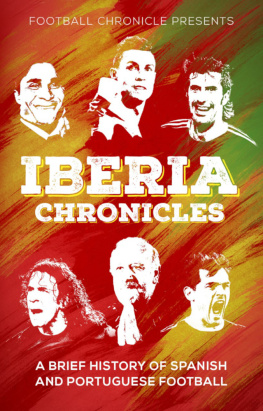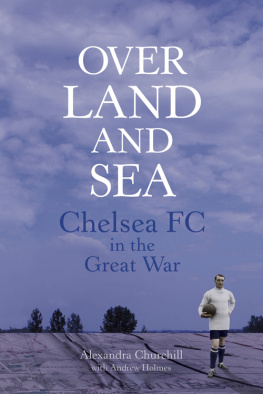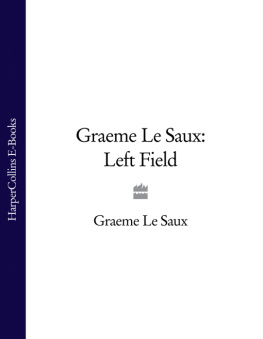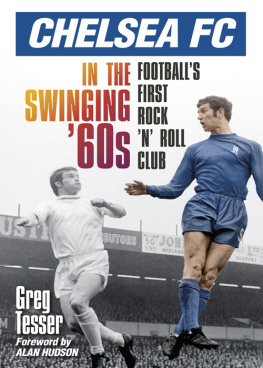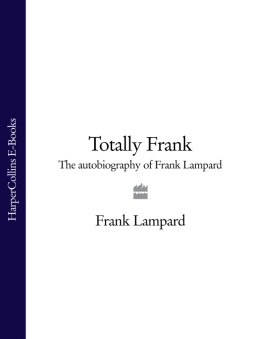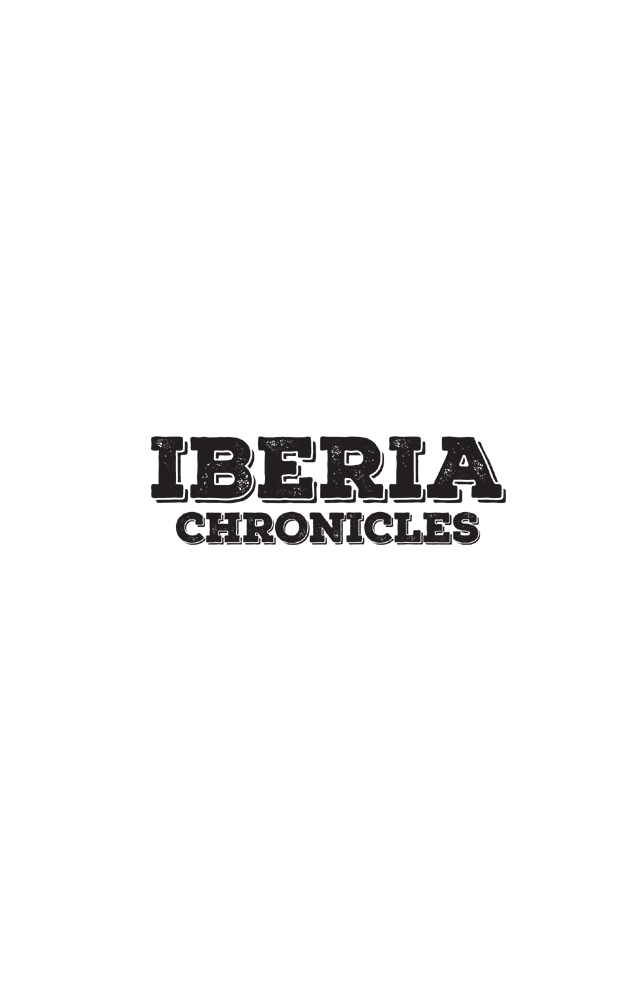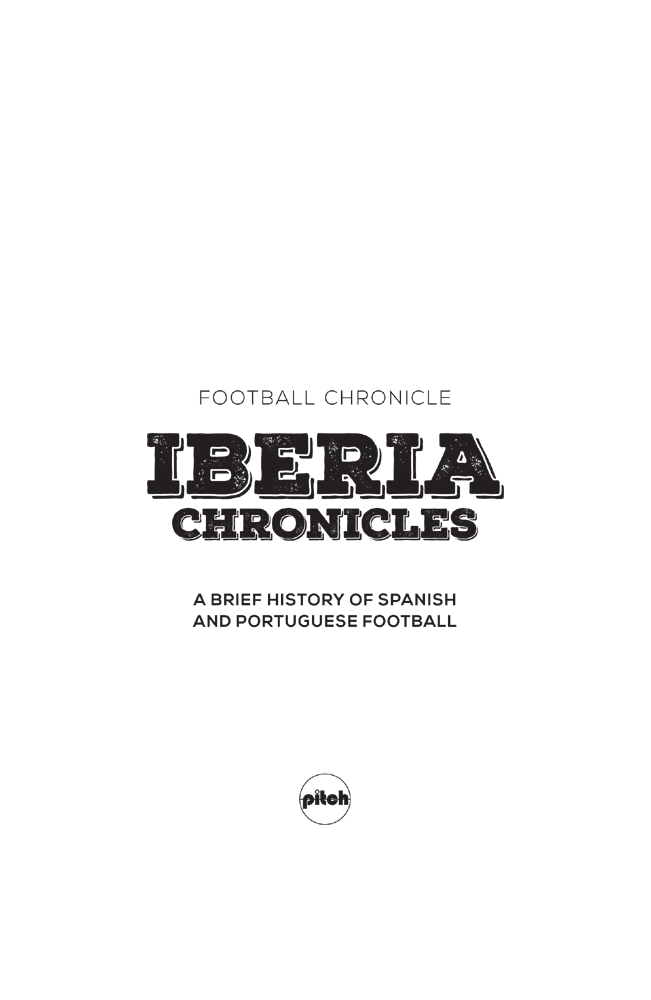Contents
Guide
First published by Pitch Publishing, 2020
Pitch Publishing
A2 Yeoman Gate
Yeoman Way
Durrington
BN13 3QZ
www.pitchpublishing.co.uk
Karan Tejwani, 2020
All rights reserved under International and Pan-American Copyright Conventions. By payment of the required fees, you have been granted the non-exclusive, non-transferable right to access and read the text of this e-book on-screen. No part of this text may be reproduced, transmitted, downloaded, decompiled, reverse-engineered, or stored in or introduced into any information storage and retrieval system, in any form or by any means, whether electronic or mechanical, now known or hereinafter invented, without the express written permission of the Publisher.
A CIP catalogue record is available for this book from the British Library
Print ISBN 978 1 78531 680 7
eBook ISBN 978 1 78531 739 2
--
Ebook Conversion by www.eBookPartnership.com
Contents
AUTHORS:
Alex Goncalves, Billy Munday, Brad Jones, Dan Parry, Daniel Allen, Danny Lewis, Edd Norval, Gareth Thomas, Jake Sandy, Joe Brennan, Josh Butler, Karan Tejwani, Kaustubh Pandey, Kristofer McCormack, Michael Gallwey, Nathan Motz, Rahul Warrier, Ryan Plant, Somnath Sengupta and Will Gittins
WELCOME TO IBERIA CHRONICLES
IN AUGUST 2018, we started Football Chronicle with the simple idea of producing original long-form football content. For over 18 months, we published pieces from a collection of writers looking to get their words out, helping them pursue their passions in football writing whilst working towards our own ambitions of making a mark in modern journalism.
It was an enjoyable and productive period during which weve made huge strides forward. Early in 2020, we decided to step it up a notch and move to print, which is why were so pleased to present our first book, Iberia Chronicles. Our online stories covered tales from the world over, going into niches like Lebanon and Rwanda or the glory of the Netherlands and Argentina. For our first print edition, weve specifically chosen two countries with a storied history in the game Spain and Portugal bringing together a team of 20 writers who have covered the nations in depth over the years.
The next 20 chapters bring you stories of the greats including Luis Aragons and Bobby Robson, iconic teams such as Boavista and Deportivo La Corua, tales of cities and stadiums, wins and losses and a whole lot more. Questions are asked and answers are raised: what is Portugals footballing relationship with Africa? Why are so many Spanish stadiums named so unconventionally? Why couldnt the Basque region continue their dominance for long in Spain? Iberia Chronicles is the culmination of several months of research and effort.
We would like to thank the people that have supported this book, a piece of passionate work produced by a group that loves this beautiful game. Without that support, we wouldnt be doing what we have been doing, either online or kicking off this venture in print. We also appreciate the support given to us by Pitch Publishing, specifically Jane Camillin for making this book a reality as well as Duncan Olner for the wonderful cover design. Also, we greatly value the time and love taken by the writers to be a part of this. Projects like this are the work of a collective.
Rahul Warrier and Karan Tejwani

LUIS ARAGONS: THE GODFATHER OF SPANISH FOOTBALL
by Billy Munday ()
THE 1920 Olympic Games saw Spain come back from Antwerp with two medals. Both of them were silver. One came in polo. The other in football. The Spanish team were labelled la Furia Roja the Red Fury by those that watched them in Belgium that summer for their tenacious, aggressive approach to the game. Rafael Moreno Aranzadi, or Pichichi peewee as he was dubbed due to his slender build, netted the final goal of their campaign in a 3-1 victory over the Netherlands in the silver-medal match. That Furia Roja tag stuck with Spain for the decades to follow, highlighting their ferocious style of play but, other than their Euro 1964 triumph, their style brought them very few successes.
Struggling with identity around the turn of the 21st century, Spain were crying out for a steady hand to steer them down the right path. Their journey to the top started with the final whistle in Lisbon as Nuno Gomess sole goal for Portugal had sealed their return flight home at the group stages of Euro 2004. Iaki Sez stepped back down to his role with the U21s after touching down in Madrid as the Spanish Football Federation searched for a new man to lead this promising yet underperforming crop of players.
The chosen one had just spent the last few months sunning himself in the dugout at Son Moix. Luis Aragons, in his second spell in charge of Real Mallorca, had plenty of experience and quite the reputation. An Atltico Madrid icon, his footballing career had started on the other side of town. At the age of 20, he left Real Madrid due to a lack of opportunities in the 1960s. Loans at Recreativo de Huelva and Hrcules had demonstrated his goalscoring prowess but had not convinced the board of the newly crowned European champions. After a short diversion to Asturias and Real Oviedo in particular, the attacking midfielder ended up down south in Seville.
Real Betis, whod just had their royal prefix reinstalled after it was originally stripped under Francos dictatorship, were riding the crest of a wave at the start of the 1960s having earned promotion back to Spains top flight and stayed there under the watchful eye of president Benito Villamarn. In Aragonss final season in Helipolis, Los Verdiblancos challenged Real Madrid at the top of LaLiga. With just three fixtures of the league campaign left, Atltico Madrid visited the Estadio Benito Villamarn having struck a deal to sign three pillars of Betiss success: right-back Colo, defensive midfielder Jesus Martinez and Aragons. In the days between the announcement of their moves and the match, Colo and Aragons would travel to play for Spain in Ireland for a Euro qualifier.
Aragons would be the only one of the three Atltico-bound players to feature against their future employers, with Colo and Martinez pulling out injured. With the visitors 1-0 up at half-time, the soon-to-be Atltico talisman scored two and set up another against them in an eventual 4-2 victory for Betis. Despite his impressive form, the 25-year-old was left out of the Spain squad that went on to lift the European Championship trophy as hosts at the Bernabu. Nevertheless, Aragons would arrive in the capital that summer anyway as Vicente Caldern welcomed him to the Metropolitano, Atlticos old home in the university district of Madrid. It was there and later on at the Estadio Vicente Caldern where it all took off.
Despite not playing as a central striker, Aragons was mightily prolific. During his time in charge of the national team, Spain were blessed with some special hitmen, with a couple of new kids coming on to the block. Both Fernando Torres and David Villa have always commended his influence on their careers. The pair, then 22 and 25 respectively, were each given a bundle of trust by their boss at the 2006 World Cup, starting ahead of Real Madrids Ral in the opening game in Leipzig. After Xabi Alonsos first against Ukraine, the following three goals were scored between the two, with Villa hitting a double and Torres a single. The relationship between the future Liverpool and Chelsea striker and Aragons was a particularly tight one, built on parallel personal experiences.

